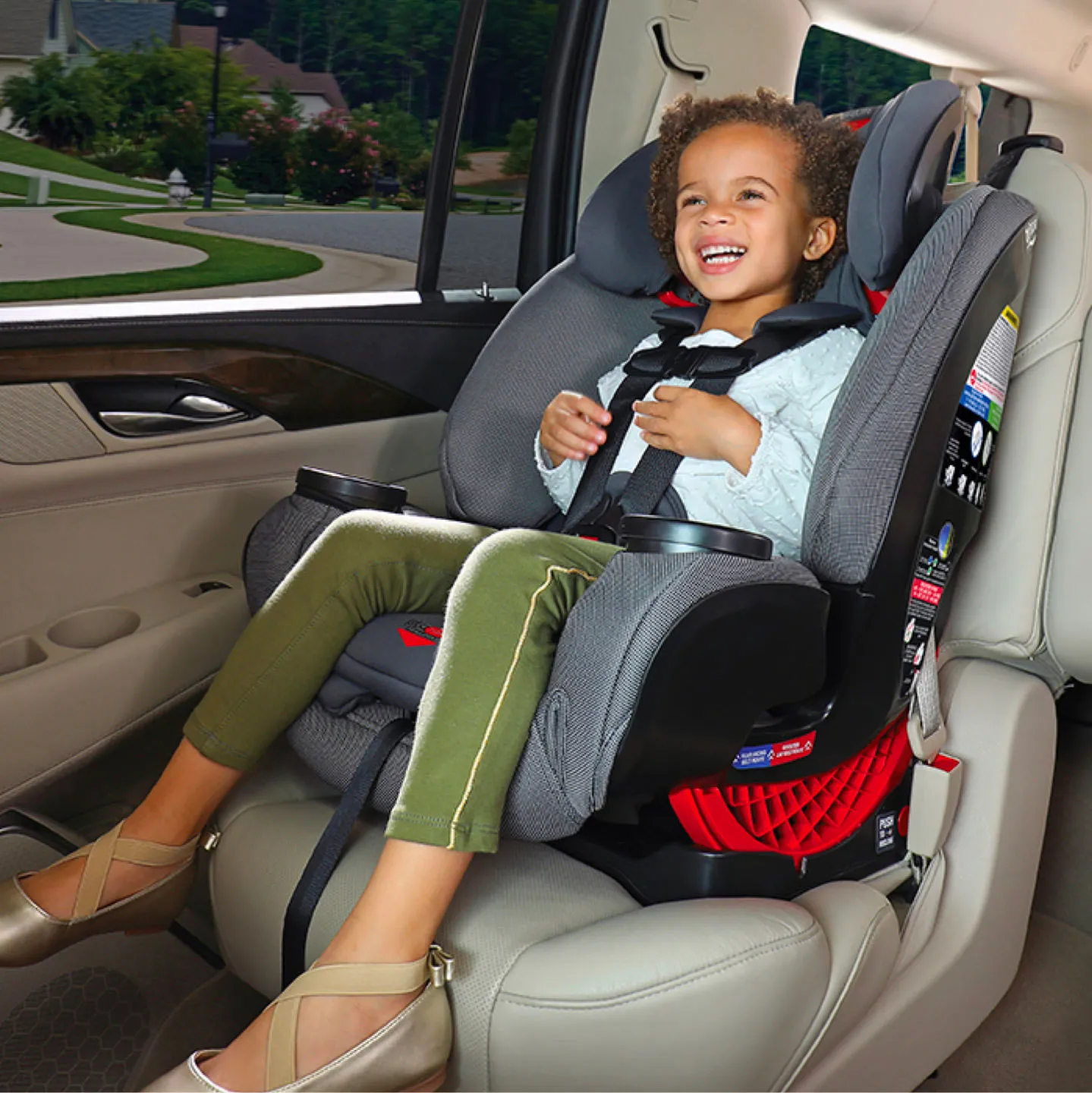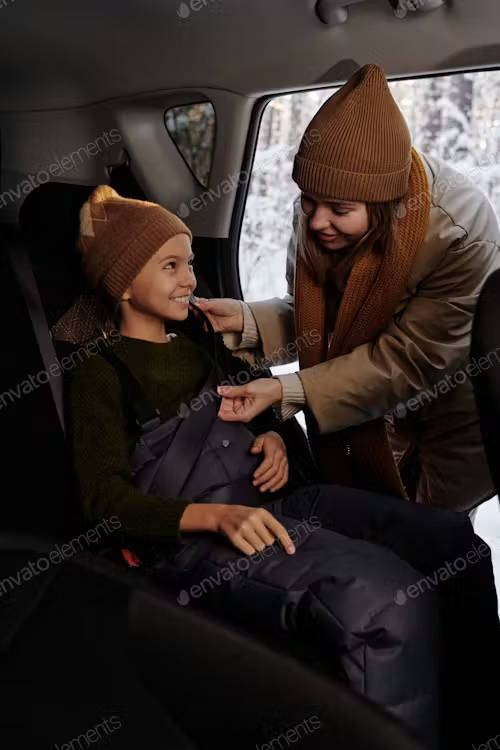Car seats play a vital role in safeguarding
passengers, especially young children, by offering the essential support and
protection needed during vehicle journeys. These seats are engineered to
significantly diminish the risk of injury should an accident occur, acting as a
critical barrier between the child and potential harm. media1.popsugar-assets.com
Jeff Lupient emphasizes that after
experiencing a car accident, it's absolutely imperative to manage your child's
car seat with the utmost care to ensure their continued safety. To achieve
this, he outlines specific steps that parents and guardians should meticulously
follow, reinforcing the importance of car seats in the overall safety strategy
for children during vehicular travel.
Assess the severity of the crash.
If the crash was minor, meaning there was no
significant damage to the vehicle and no injuries reported, you may not need to
replace the car seat.
However, it's crucial to carefully review and
adhere to the manufacturer's guidelines regarding crash impacts.
For moderate to severe crashes, where the
vehicle sustains considerable damage, or there are injuries, it's imperative to
replace the car seat with a new one to ensure the safety of your child.
Adhere to NHTSA recommendations.
It is imperative to replace the car seat if
it meets any of the following conditions:
The vehicle was involved in a collision
severe enough that it required towing from the crash site, indicating a
significant impact.
The car seat was located near a door that
sustained damage during the crash, potentially affecting the seat's safety.
Any occupant of the vehicle sustained
injuries during the crash, suggesting the collision was serious.
Airbags, whether they are front, side, or
knee airbags, were deployed, indicating a forceful impact.
The car seat shows visible signs of damage,
such as cracks in the plastic, creases in the fabric, or any broken parts,
which could compromise its structural integrity and safety.
Jeff Lupient notes it's crucial to note that
even if the car seat was unoccupied during the incident, it could still have
been subjected to crash forces powerful enough to compromise its integrity,
making it unsafe for future use.
Follow the manufacturer's instructions.
Some manufacturers strongly advise that you
replace the car seat after any crash, no matter how minor or severe the impact
may be, to ensure the utmost safety for your child.
It's important to consult the user manual of
your specific car seat model for detailed instructions and recommendations on
replacement after an accident.
Consider insurance reimbursements.
Talk with your insurance company regarding
the possibility of obtaining reimbursement for car seats. This can
significantly reduce the financial burden associated with purchasing a new car
seat for your child.
Be aware that in certain states, such as
California, insurance companies are required by law to cover the full cost of a
new car seat if it's needed. This legislation ensures the safety of young
passengers and provides financial relief to families.
Follow proper disposal.
To guarantee that the old car seat is safely
disposed of and not reused, follow these detailed steps:
Start by removing the seat cover. This is
often the first step in making the car seat less appealing for reuse.
Next, cut off the straps with a strong pair
of scissors or shears. Alternatively, you could use a hammer to smash the seat
shell, making it structurally unsound for use.
Lastly, clearly mark the seat with a
permanent marker, writing "DO NOT USE" or "EXPIRED"
on it. This serves as a final precaution, deterring anyone from
attempting to use the car seat for a child.
Jeff Lupient emphasizes the paramount
importance of your child's safety, insisting that adhering to the
manufacturer's recommendations and guidelines should always take precedence,
particularly after a crash. He advises that taking the time to thoroughly
review and follow these safety instructions can significantly mitigate risks
and ensure the well-being of your child in the event of an unexpected incident.
Read more articles about car seat safety and features by subscribing to this Jeff Lupient page.











